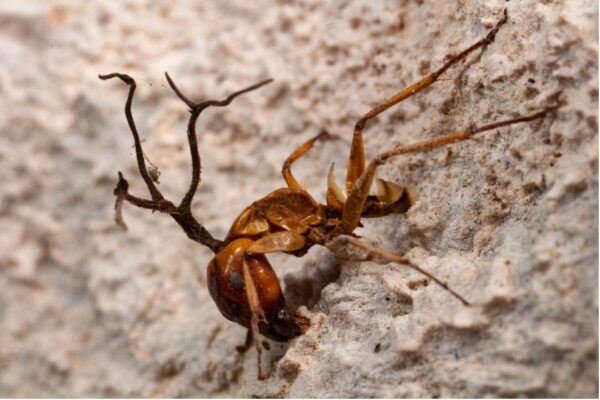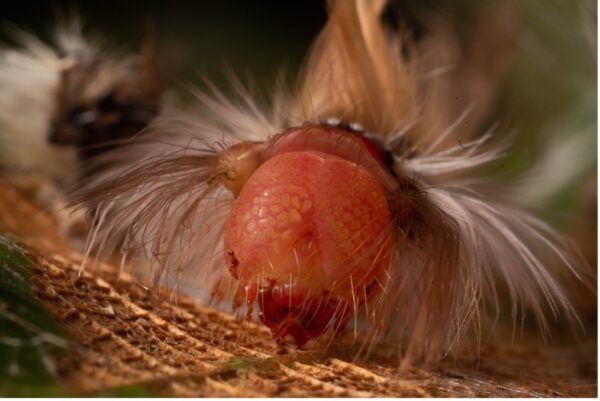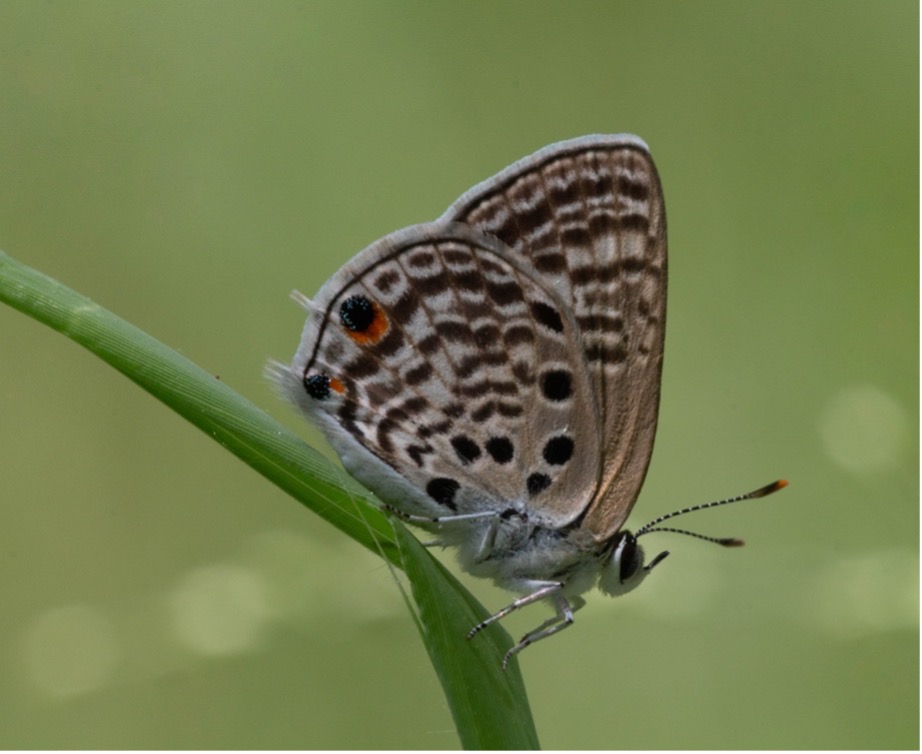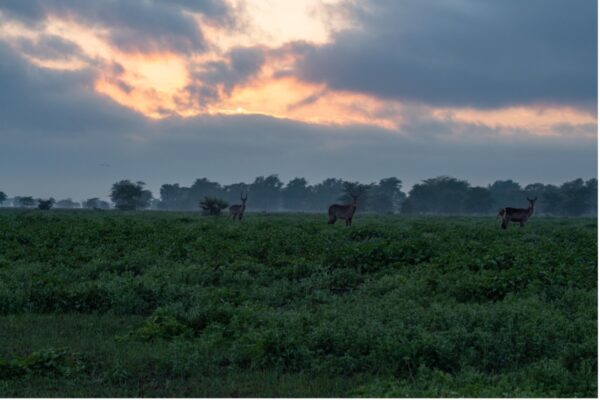By Deborah Kidd with photos and story by Noriña Vicente.
It is common to think of elephants or lions when we consider the majestic animals that share our planet. But the smallest among us can inspire outsized wonder, too. Take a closer look at the microworld of Gorongosa Park, as seen through the lens of scientist Norina Vicente.
This week, Vicente will join distinguished speakers at “Our Shared Future – Conversations in celebration of Half-Earth Day 2022,” presented by the Smithsonian Institution and the E.O. Wilson Biodiversity Foundation. The public event will be held October 13 at the Baird Auditorium at the National Museum of Natural History in Washington, D.C. And these vital conversations will go global as we share them online to mark Half-Earth Day 2022 on October 22.


The Camponatus genus likely comprises more ants than any other. They are commonly called carpenter ants, and scientists have documented more than 1,000 species. Vicente and other researchers at the E. O. Wilson Biodiversity Laboratory in Gorongosa Park have documented at least 200 species of ants, and some of these can be found nowhere else in the world.
Ants were a primary focus for Wilson, whose influence on conservation spans tiny insects through his Half-Earth vision. Noriña Vicente was inspired by Wilson’s research in Gorongosa as a child, and she is an advocate for ants and their contributions to healthy ecosystems: “Because they are tiny, people misinterpret them. But they are helping to clean the ecosystem, degrade organic matter, fertilize soils. And they do that for free!”


Specimens like this tussock moth caterpillar are collected for the Gorongosa Synoptic Biodiversity Collection. Along with their distinctive tufts of “hair,” some tussock moth caterpillars have barbed bristles to deter predators. Though butterflies and bees receive more attention for their role in pollination and agriculture, new research reveals that moths visit more plant species, and they also transport more pollen.
To catalog the rich biodiversity of Mozambique, the E. O. Wilson Biodiversity Laboratory partners with Mozambique’s National Natural History Museum. Careful records on species, habitat, and population health inform global resources like the Half-Earth Project Map.


Vicente captured a close-up of this Gorongosa butterfly from the lycaenidae family. In their larval stage, many butterflies in this family form mutualistic relationships with ants. The butterfly larvae secrete sucrose, which attracts ants in search of sugar for energy. In return for the sucrose, the ants tend the larvae during their development and protect them from predators.


Through Vicente’s lens, Gorongosa’s beauty and importance to the natural world can be seen from every perspective.

